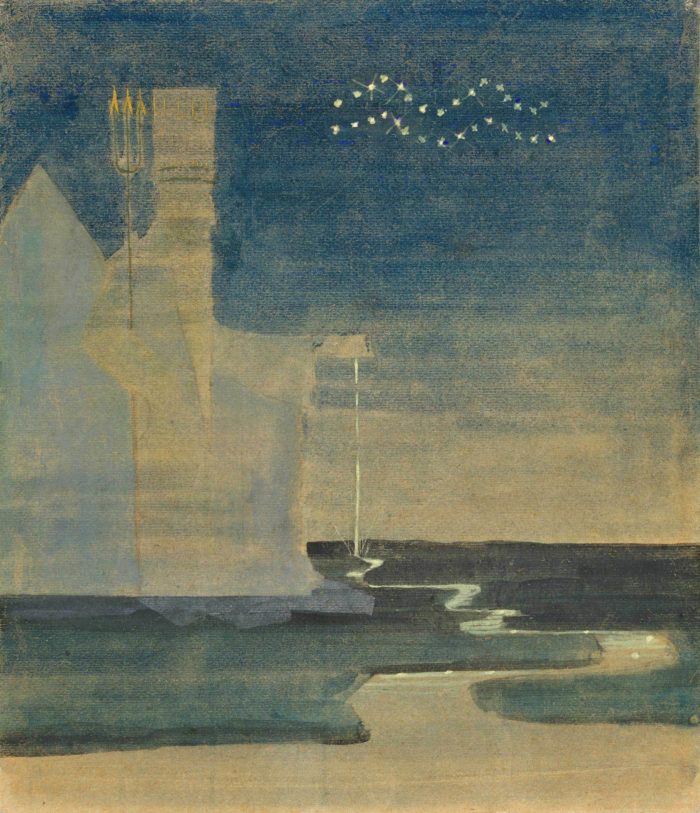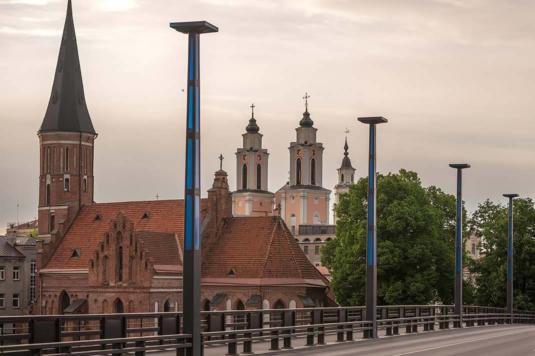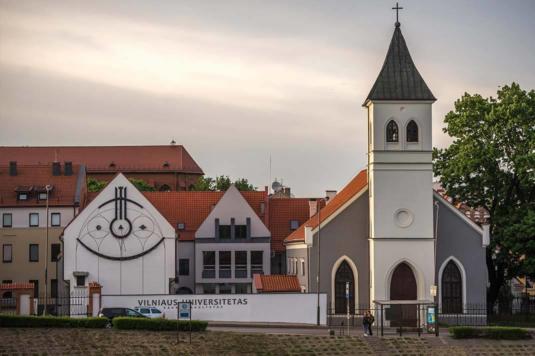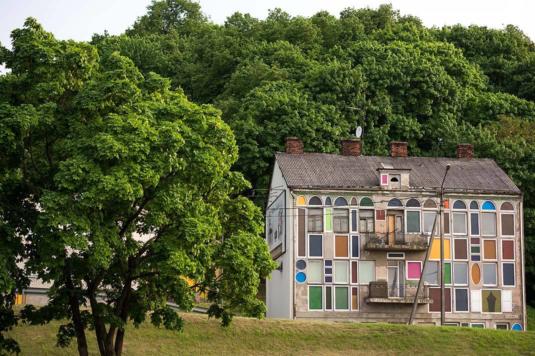
The Project
The focus of this design contest was an emblematic building that lives up to Kaunas’ exceptional architectural heritage, uses the arts to foster a sense of shared experience, and acts as a catalyst for a wider regeneration.
The building – circa 11,750m2 with an additional 8,600m2 underground parking garage – will sit within a substantial landscape of new civic and public realm. This includes a new public square related to the entrance of the building, a new public park (with outdoor performance and audience space), and a riverside pedestrian and cycle route (with associated passenger dock for tourist vessels arriving by river).
The Centre will meet Kaunas’ pressing need for a world-class modern concert venue while also providing multi-functional spaces for conferences, congresses and symposia. The new Centre will host musical events of national and international significance and will strengthen the city’s network of spaces dedicated to music.



The flexible mix of additional spaces is intended to inspire; the ambition is to make a new ‘theatre of ideas’. This will contribute to shaping the Centre’s use as a place of ‘knowledge’ – bringing the business world together, and providing a platform for events, meetings, conferences, congresses and symposia.
Key elements of the Centre include a Concert Hall with high-quality acoustics seating 1,500 people; a secondary smaller Hall; front-of-house; conferencing facilities; restaurant; bar and café; back-of-house; offices; and underground parking. The detailed breakdown for the building’s programmatic and spatial requirements is provided in the Competition Conditions.
The neighbourhood for the project is on the lower terrace of the southern side of the River Nemunas valley, a historical remnant of the industrial port city. In many ways the ‘other bank’ of the river, the site is nonetheless strategically placed close to the heart of Kaunas – with memorable panoramas to the Old and New Town – and within easy reach of the Baltic highway.
Overall, the project is intended to re-orientate the city towards the riverside, the new building acting as a catalyst to revitalise the city’s south bank, creating the impetus for further riverside development.
Kaunas’ recent successful bid for European Capital of Culture 2022 highlighted a need for initiatives to inspire the local population to get involved in civic activities and to improve local cultural organisations’ skills and techniques in effectively engaging them.
So the design for the Centre should be conceived as using the arts to foster a sense of shared experience as well as integrating different parts of the city, reviving adjacent neighbourhoods and attracting residents closer to the river.
Parallel forthcoming initiatives, including a new pedestrian link to the forthcoming Science Island and an upgrade to H. and O. Minkovskių Street, which runs along the side of the neighbourhood, suggest the character of the neighbourhood surrounding the Centre is likely to change as it becomes more intensively used by both people and vehicles, and this should be factored into the concept designs.